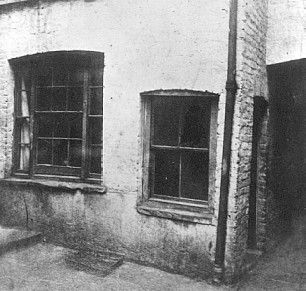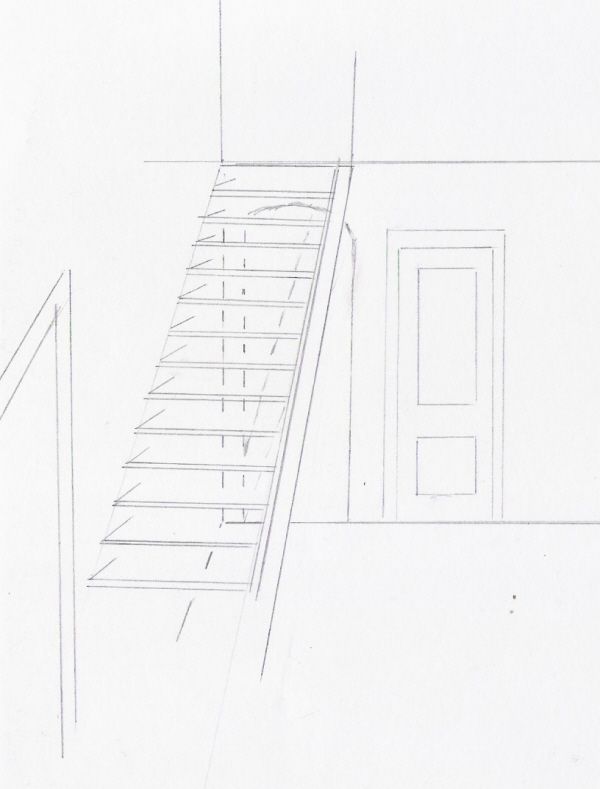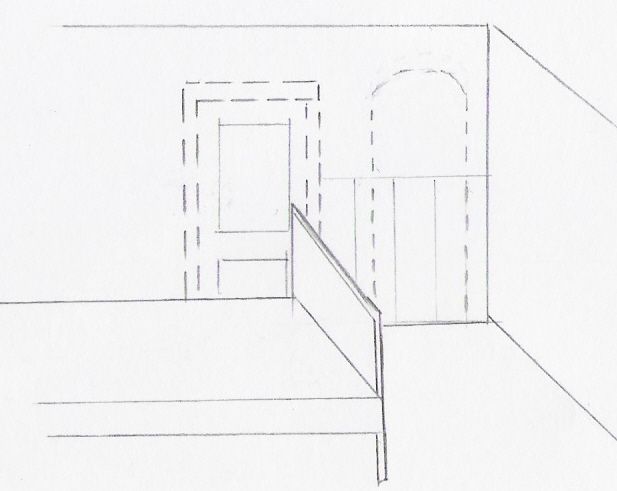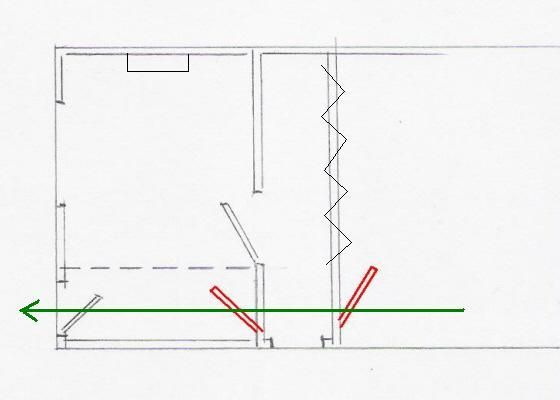Originally posted by Wickerman
View Post
Something has changed over the years, but then that's not very unusual. And passageways were it seems more normal than rooms opening directly into each other.
BUT was this built as housing or a shop with housing in the court.








Comment